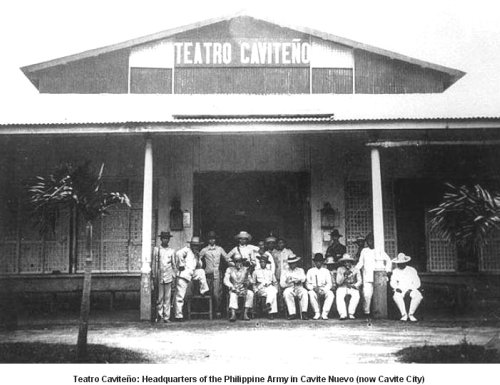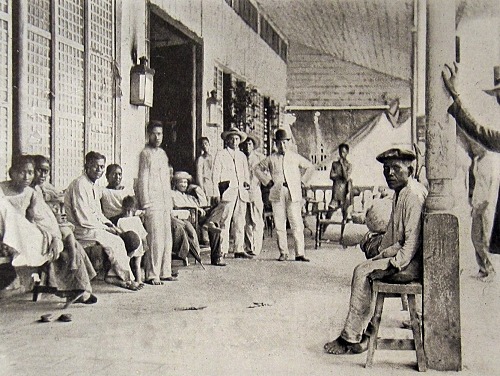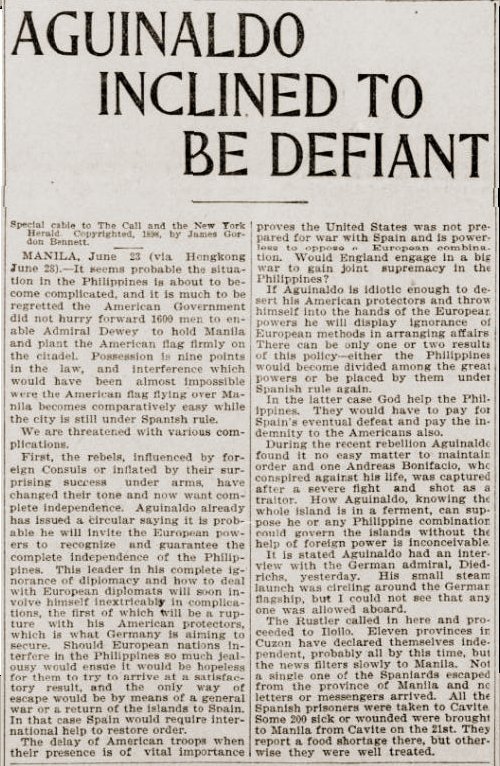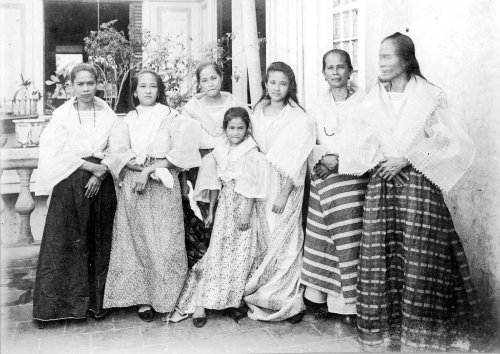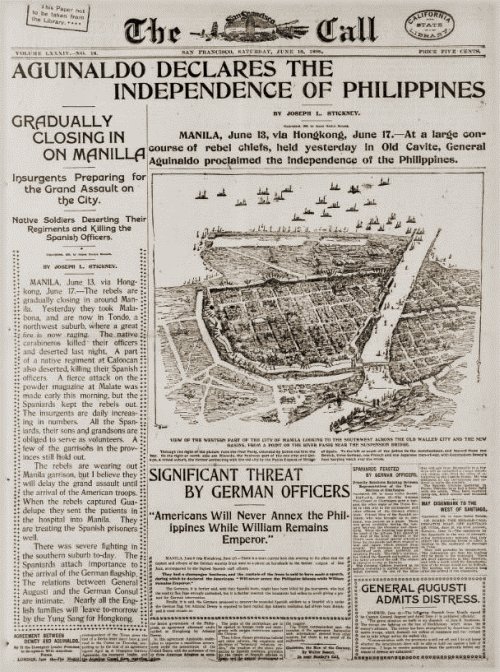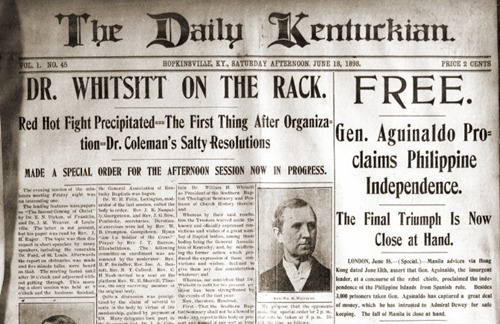June 12, 1898: Declaration of Philippine Independence
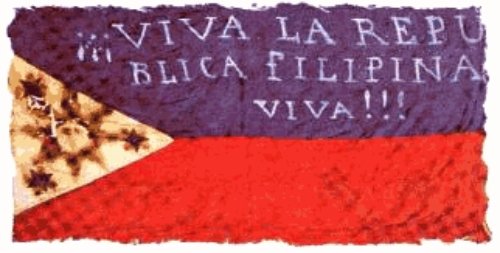
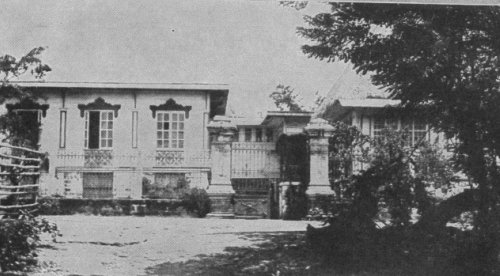

On June 12, 1898, Emilio Aguinaldo declared the independence of the Filipinos and the birth of the Philippine Republic �under the protection of the mighty and humane North American Union.�.
This momentous event took place in Cavite el Viejo (“Old Cavite”, now Kawit), Cavite Province. Admiral Dewey had been invited but did not attend. The Filipino national flag was officially unfurled for the first time at 4:20 PM. The same flag was actually unfurled, albeit unofficially, on May 28, 1898 at the Teatro Cavite�o in Cavite Nuevo—now Cavite City—right after the battle of Alapan, Imus, Cavite, and again three days later over the Spanish barracks at Binakayan, Cavite, after the Filipinos scored another victory.
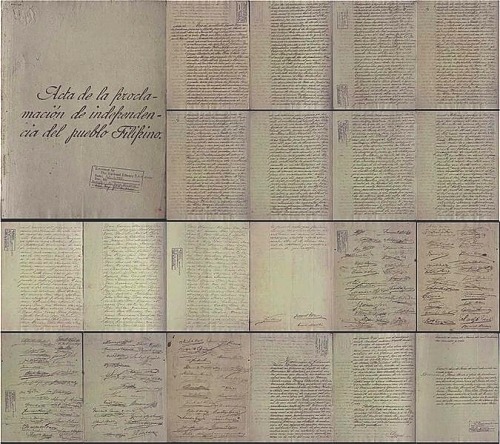
Ambrosio Rianzares Bautista (LEFT), War Counsellor and Special Delegate, solemnly read the Acta de la Proclamacion de la Independencia del Pueblo Filipino. The declaration was signed by 97 Filipinos and one retired American artillery officer, Colonel L.M. Johnson (RIGHT). Contrary to common belief, it was Bautista, and not Aguinaldo, who waved the Philippine flag before the jubilant crowd.
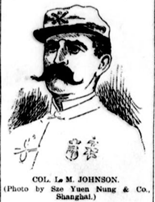
When the Philippine-American War ended, Bautista was appointed as judge of the Court of First Instance of Pangasinan Province. He died of a fatal fall from a horse-drawn carriage on Dec. 4, 1903, at the age of 73.
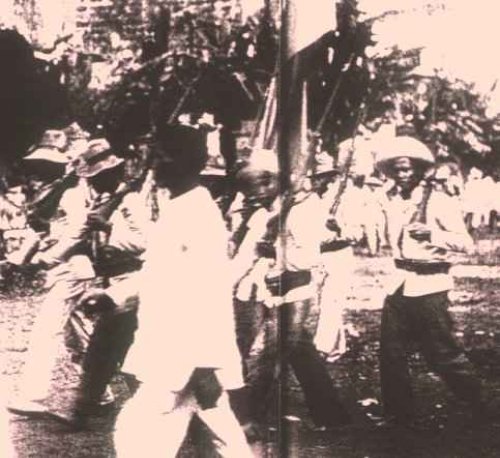
The June 12 proclamation was later modified by another proclamation done at Malolos, Bulacan, upon the insistence of Apolinario Mabini, chief adviser for General Aguinaldo, who objected to the original proclamation, which essentially placed the Philippines under the protection of the United States.
Apolinario Mabini (LEFT), also known as the “Sublime Paralytic”, was a lawyer, statesman, political philosopher, and teacher who served in the Aguinaldo cabinet as President of the Council of Secretaries (Prime Minister) and as Secretary of Foreign Affairs. He wrote most of Aguinaldo’s decrees to the Filipino people. An important document he produced was the “Programa Constitucional de la Republica Filipina,” a proposed constitution for the Philippine Republic. An introduction to the draft of this constitution was the “El Verdadero Decalogo” written to arouse the patriotic spirit of the Filipinos.
Mabini was born on July 23, 1864 in Talaga, Tanauan, Batangas Province. He studied at the Colegio de San Juan de Letran where he received his Bachelor of Arts and at the Universidad de Santo Tomas where he received his law degree in 1894.
Early in 1896, he contracted an illness that led to the paralysis of his lower limbs. He was a member of Jose Rizal’s La Liga Filipina and worked secretly for the introduction of reforms in the administration of government.
When the revolution broke out on Aug. 30, 1896, the Spanish authorities arrested him. His physical infirmity, however, made the Spaniards believe that they had made a mistake.

On July 5, 1897 Mabini was released from prison and sent to the San Juan de Dios Hospital.
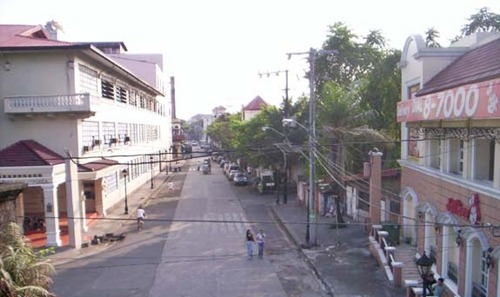
In June 1898, while vacationing in Los Ba�os, Laguna Province, Aguinaldo sent for him. He also headed the revolutionary congress and Aguinaldo’s cabinet until he was replaced by Pedro Paterno on May 7, 1899.

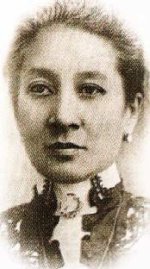
Marcela Mari�o (RIGHT) was born in Taal, Batangas Province on June 24, 1860. Tall and stately, she was reputedly the prettiest woman in Batangas in her younger years. She finished her education in the Dominican convent of the Colegio de Santa Catalina in the walled district of Intramuros, Manila. She learned Spanish, music, the feminine crafts and social graces. She was also a noted singer and occasionally appeared in zarzuelas in Batangas. [zarzuelas are plays that alternate between spoken and sung scenes].
She married Felipe Agoncillo, a Filipino lawyer who became the leading diplomat of the First Philippine Republic. They had five children, namely: Lorenza, Gregoria, Eugenia, Marcela, Adela and Maria.
On May 30, 1946, Marcela Agoncillo passed away quietly at the age of 86.

Felipe was born in Cavite Nuevo (now Cavite City) on Jan. 28, 1861. A dedicated music teacher and composer, he was appointed by Emilio Aguinaldo as Director of the National Band of the First Philippine Republic.
His composition was adopted as the Philippine national anthem on Sept. 5, 1938.
He died in Sampaloc, Manila on Oct. 2, 1944.
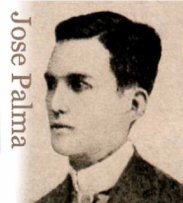
Palma was born in Tondo, Manila on June 3, 1876. He was educated at the Ateneo Municipal de Manila. He joined the Katipunan in 1896 as an ordinary soldier but later General Antonio Luna who put up “La Independencia“, which became the official newspaper of the Republic, took him in to edit the Tagalog section.
He wrote “Filipinas” in the house of Do�a Romana G. vda de Favis at sitio Estacion (now Barangay Poblacion West), Bautista, Pangasinan Province (Bautista was the old barrio Nibaliw of Bayambang; on June 24, 1900, Nibaliw was renamed “Bautista”, in honor of San Juan de Bautista or John the Baptist, and upgraded into a separate municipality).


Palma died in Manila, on Feb. 12, 1903.
The first translation into English of Palma’s poem was written in the 1920s by Paz Marquez Benitez of the University of the Philippines. The most popular translation, called the “Philippine Hymn”, was written by Senator Camilo Osias and an American, Mary A. Lane. The “Philippine Hymn” was legalized by an act of the Philippine Congress on Sept. 5, 1938. Filipino translations started appearing during the 1940s, the most popular being O Sintang Lupa (“O Beloved Land”) by Julian Cruz Balmaceda, Ildefonso Santos and Francisco Caballo. O Sintang Lupa was approved as the national anthem in 1948. On May 26, 1956, during the term of President Ramon Magsaysay, the Tagalog words were revised. Minor revisions were made in 1966, and it is this final version which is in use today.
